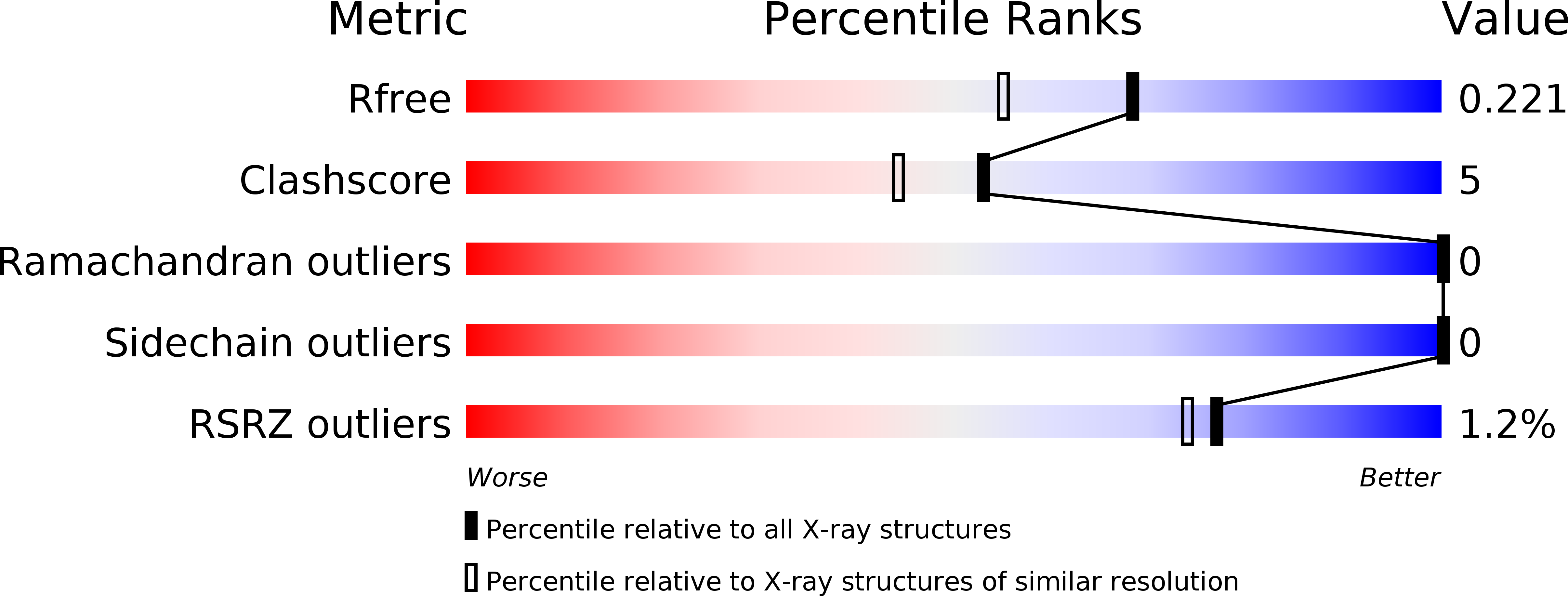
Deposition Date
2015-04-28
Release Date
2016-02-10
Last Version Date
2024-10-30
Entry Detail
PDB ID:
4ZID
Keywords:
Title:
Dimeric Hydrogenobacter thermophilus cytochrome c552 obtained from Escherichia coli
Biological Source:
Source Organism:
Host Organism:
Method Details:
Experimental Method:
Resolution:
1.80 Å
R-Value Free:
0.20
R-Value Work:
0.16
R-Value Observed:
0.16
Space Group:
P 31 2 1


